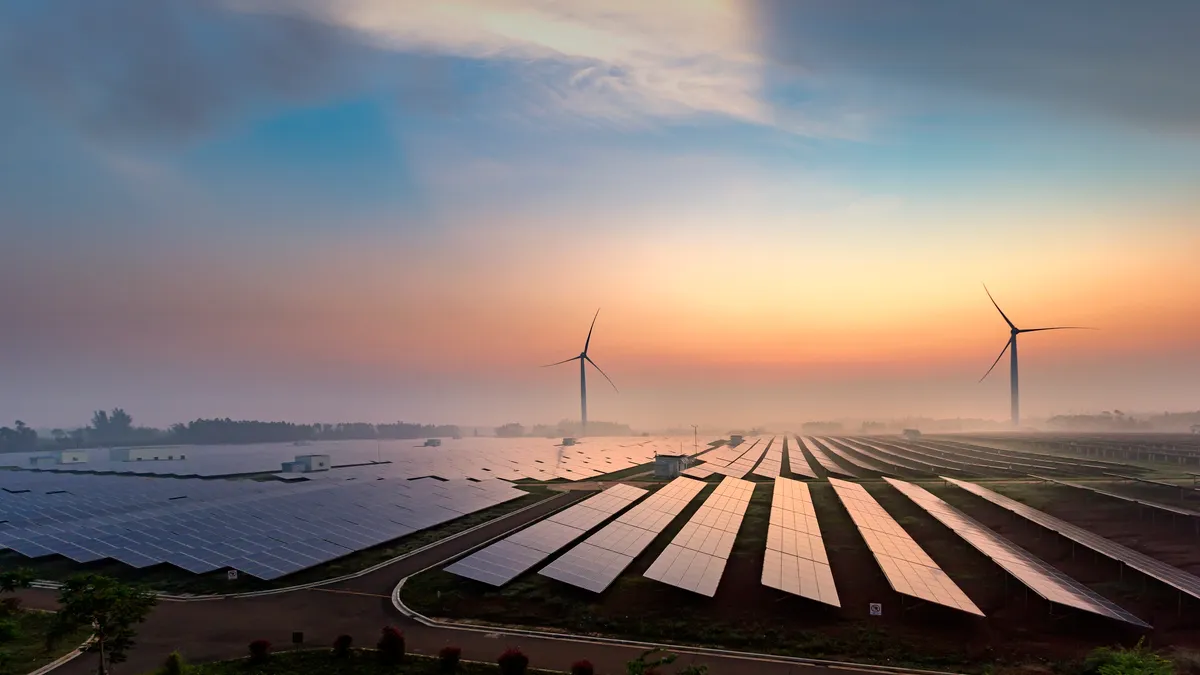The Treasury Department will provide guidance by the end of the year on the Inflation Reduction Act’s uncapped Section 45X manufacturing production tax credit, along with other tax credits in the law, the department’s assistant secretary for tax policy said Friday.
The release of 45X guidance is part of the Biden administration’s “phase two” for implementing the IRA’s clean energy provisions, Assistant Secretary Lily Batchelder said, and is a “top priority” of this phase.
“The Section 45X tax credit incentivizes domestic production of crucial inputs to the clean energy economy, including blades for wind turbines, wafers for solar panels, electricity inverters, batteries, and critical minerals,” Batchelder said. It is an uncapped credit that can be claimed per unit.
She said Treasury can’t provide “exact timing” for the release of IRA guidance, but expects to issue guidance in the near-term for the energy efficient home credit and the sustainable aviation fuel credit, and before the end of the year for the 48C facility construction credit, the 45X credit, the 30D foreign entity of concern provision, and the clean hydrogen credit.
The 45X credit is “very substantial,” Moss Adams partner and certified public accountant Peter Henderson said in a June interview. For instance, a mid-sized solar module manufacturing facility producing a “fairly modest” 2 GW per year could generate an annual tax credit of $140 million.
But Henderson noted that a lot of companies “aren’t specifically aware” of either the 45X credit, or the competitive 48C credit, due to their complexity from both an accounting and engineering perspective — and as a result, guidance is much-needed.
Treasury also provided an update Friday on the status of applications for the 48C credit, after submissions for the first round closed in June.
“Applicants have submitted concept papers to our implementation partners at the Department of Energy seeking a total of nearly $42 billion in funding across all categories of 48C projects, including nearly $11 billion for projects in 48C-designated energy communities,” Batchelder said.
She concluded her remarks by saying that the plans she had laid out were “not exhaustive” and that Treasury and the Internal Revenue Service will “push forward” on other clean energy provisions of the IRA, including continuing to build on the first phase of guidance which clarified aspects like the domestic content bonus credit for materials like steel and iron.














